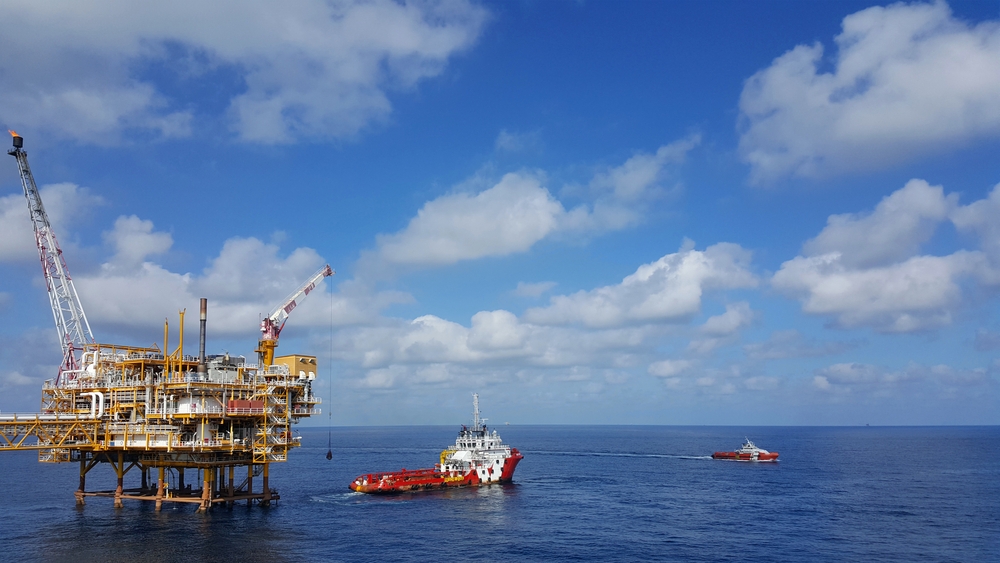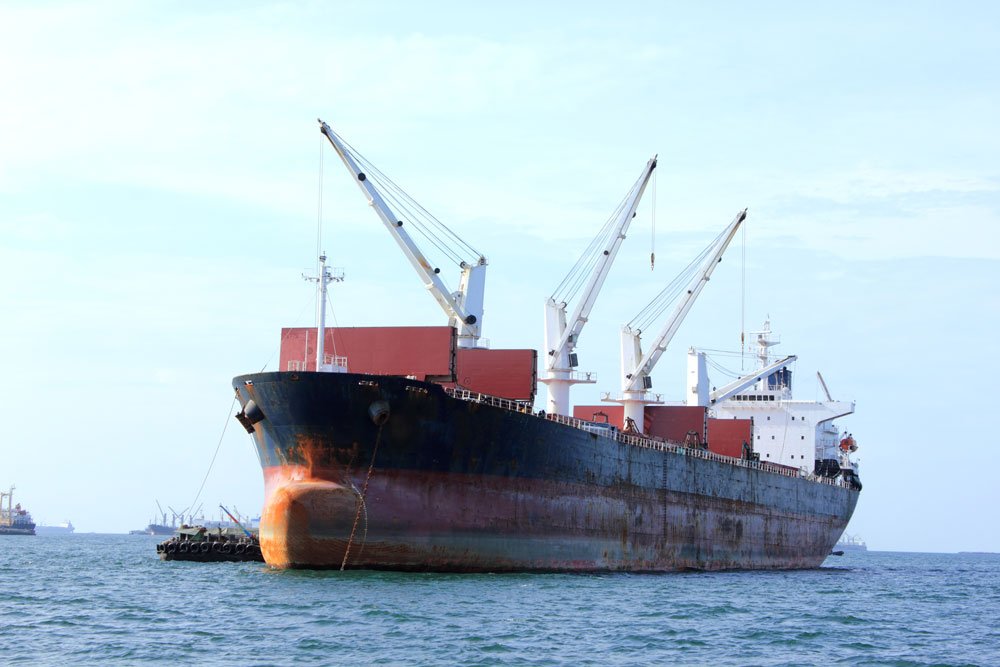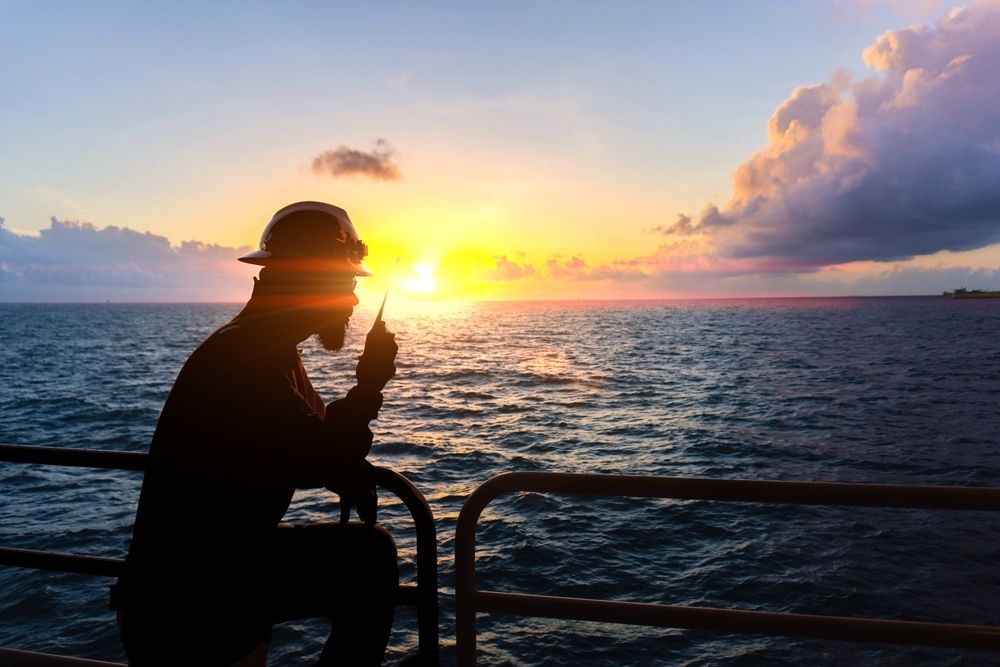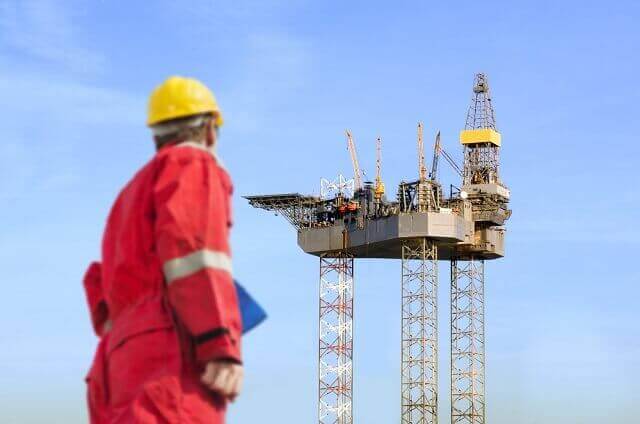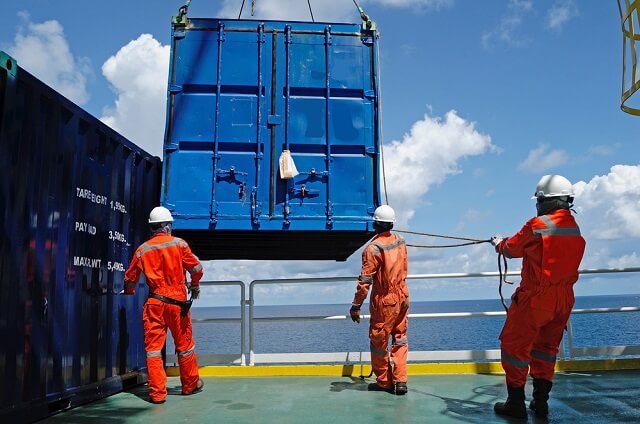Offshore workers perform some of the most dangerous jobs in the U.S. Their jobs require transportation by boat or helicopter, involve the use of heavy machinery, and are physically demanding. Not to mention, offshore workers are frequently exposed to harsh and often unpredictable weather conditions.
Due to the many dangers, offshore workers are seven times more likely to be killed on the job than in other professions. Slips and falls, explosions, lack of safety training, employee fatigue, and faulty equipment are common causes of offshore accidents.
However, one of the greatest risks of offshore injuries isn’t when workers are performing their duties – it’s when they are transported to offshore job sites. Offshore accident reports show that most offshore worker fatalities occur during travel to and from work. In the oil and gas industry, transportation accidents are the leading cause of death among offshore oil rig workers, and the weather is usually to blame.
Several factors affect the type of maritime law that apply in offshore accidents; where it happened (at a dock, offshore job site, or when being transported to a job site), the type of job, and how many hours spent working offshore determine what laws a claim is based on.
If you’re injured being transported to an offshore job site or in another type of maritime accident, it’s important to contact an offshore accident attorney for these complex cases. Knowing you have legal rights as a victim of an offshore injury can help ensure companies are held accountable and provide compensation for its widespread, even lifelong, effects.
Why Is Offshore Worker Transportation So Dangerous?
There are two ways offshore workers are transported to oil rigs and other workplaces, via boat or helicopter. The method of transportation depends on the destination, specifically, how far it is from land and the route needed to get there.
One of the main reasons transporting offshore workers is so dangerous is because of the weather. While great strides have been made in weather forecasting, radars, and tracking, even the best technology and experts can’t always predict the dangers of weather conditions at sea.
When a boat or helicopter encounters a storm, choppy waters, and/or high winds that they didn’t expect or know about when they started their journey, the captain, pilot, and crew must act quickly. Often, they’re forced to continue forward, try an alternate route, or ride it out, leaving them at the mercy of the weather. These scenarios make it extremely dangerous for offshore workers.
In some cases, when a boat encounters harsh weather, there are ways they can try to stabilize the vessel until the danger passes, such as lowering the legs of a lift boat to the sea floor. But as we saw in April 2021, this strategy doesn’t always work.
The Seacor Power lift boat accident that occurred in the Gulf of Mexico led to only six of the 19 people on board being rescued. The crew on the Seacor Power attempted to lower the lift boat’s legs and turn the vessel for better positioning amidst the poor, unexpected weather conditions not far into their journey. However, the lift boat capsized before the legs finished lowering.
Wind speed is often a factor in offshore accidents because the transportation used to get to job sites are rated for specific weather. When a boat or helicopter encounters wind stronger than the vehicle can safely endure, an accident can occur, leading to offshore injuries and fatalities.
Beyond the weather, there are other causes of offshore accidents during travel to job sites. When a boat is used to transport workers, accidents can include poor onboard conditions and hazards, such as wet floors, machinery or equipment that isn’t properly secured, and an unsafe vessel (not seaworthy). Offshore injuries and fatalities may occur when a boat capsizes, sinks, or crashes into something like an oil platform or when a crewmember falls overboard and drowns.
As for helicopter travel, crashes into the water or landing pad have caused numerous deaths. Helicopters that fail to land safely on an oil rig are extremely dangerous because of the risk of explosions and the presence of nearby workers.
Regardless of how offshore workers are transported to job sites, lack of safety training, mechanical failures, poorly maintained vehicles, and employee fatigue and negligence are all dangers that can lead to disaster. When an offshore accident occurs, it can be challenging to rescue workers, especially when weather conditions are poor.
Recent Accidents Involving the Transportation of Offshore Workers
Unfortunately, there have been many offshore accidents over the last several decades, and most occurred when workers were being transported to job sites.
An in-depth report that collected data from 2013 through 2018 showed there were 28 fatal accidents, 59 total accidents, and 147 fatalities involving oil and gas workers being transported by helicopter. Another report by the Centers for Disease Control and Prevention (CDC) showed that between 2003 and 2010, of the 128 deaths of offshore workers traveling to job sites, 49 of them involved helicopter accidents. What’s more concerning is that offshore job site transportation accidents are largely underreported, indicating the statistics may be much higher.
We were again reminded of the risks in December 2022 when a helicopter transporting workers to an offshore oil rig crashed in the Gulf of Mexico when it attempted to land. Luckily, the three people on board were found on a raft and rescued, but one of them suffered back injuries.
The month before, tragedy struck the Gulf when a deckhand fell off a crew boat that was being tied to an oil platform. The boat, which was bringing workers to the platform, was near the end of its journey when the deckhand drowned. Workers on the platform and crew boat attempted to save him, but the seas pulled him away, and his body was recovered later that day.
Other accidents show a clear pattern of risk that offshore workers face during transport to job sites. In 2017, a pilot was killed when returning to land following a drop-off of employees at an oil rig in the Gulf of Mexico. A few years earlier, a helicopter transporting oil workers to a platform crashed, killing both people on board. And in 2009, a bird struck a helicopter taking employees to work, causing it to crash and killing both pilots and six passengers.
The dangers maritime workers face going to job sites have serious repercussions for the victims and their families. Many offshore injuries are life-changing, and far too many are fatal.
Legislation to Protect Offshore Workers During Transportation
Sadly, offshore workers are frequently put at risk of injury, but when an accident occurs, there are laws to protect them. The Jones Act is often applied in accidents during the transportation of workers, but the injured worker must be considered a seaman. If they meet the criteria, they may be able to sue their employer for their injuries.
Many offshore accidents are preventable and a direct result of someone else’s negligence. Under the Jones Act, workers may hold their employer responsible if they failed to provide a safe work environment or didn’t properly maintain their vessel, ultimately contributing to or causing the accident.
While the Jones Act applies in certain accidents, it does not apply to all offshore workers, such as those on oil platforms, because the vessel must be “in navigation.” For a stationary or fixed job site like this, the Longshore and Harbor Workers’ Compensation Act (LHWCA) may be used in an offshore injury claim. Beyond the Jones Act and LHWCA, general maritime law and the Death on the High Seas Act (DOHSA) are applied to different types of offshore accidents.
How a Maritime Injury Attorney Can Help
For many of us, getting to and from work is a relatively safe part of our day, something we don’t think or worry about. But offshore workers’ greatest risk of injury and death is during this travel time.
Being on the Gulf of Mexico, those in Louisiana and surrounding states are frequently reminded of the risks offshore workers face while being transported to and working at offshore job sites. With offshore accidents being a regular occurrence, creating safer work environments, properly training employees, and improving safety regulations for all workers in these jobs are needed to protect them better.
If you’re the victim of an offshore injury or a loved one was killed in an offshore accident, the applicable laws in a personal injury or wrongful death lawsuit depend on various factors. Offshore injury claims are quite complex, and victims are often taken advantage of; pressure to settle for far less than deserved, and push-back from wealthy companies that want to blame others or refuse to pay victims, are common in offshore accident cases. But an experienced maritime accident attorney can help ensure you’re properly compensated, and those responsible are held accountable.
The impact of an offshore injury can have lifelong repercussions for the victim and their family. The offshore injury attorneys at Herman, Herman & Katz have recovered billions of dollars in offshore accident claims. Contact us online for a free case review or call 844-943-7627.
Free Case Evaluation
More About HHK
Other Offshore-Maritime Accidents News
Offshore work is one of the most dangerous professions in […]
Offshore oil workers hold one of the most dangerous job […]
At the gas pump, you’re probably focused on how much […]
Regardless of the type of job, offshore workers generally face […]
New Orleans, LA Maritime Injury Lawyer What you do (or […]
Legal Experience for Offshore Accidents and Injuries in New Orleans […]

